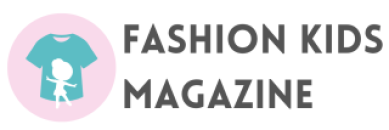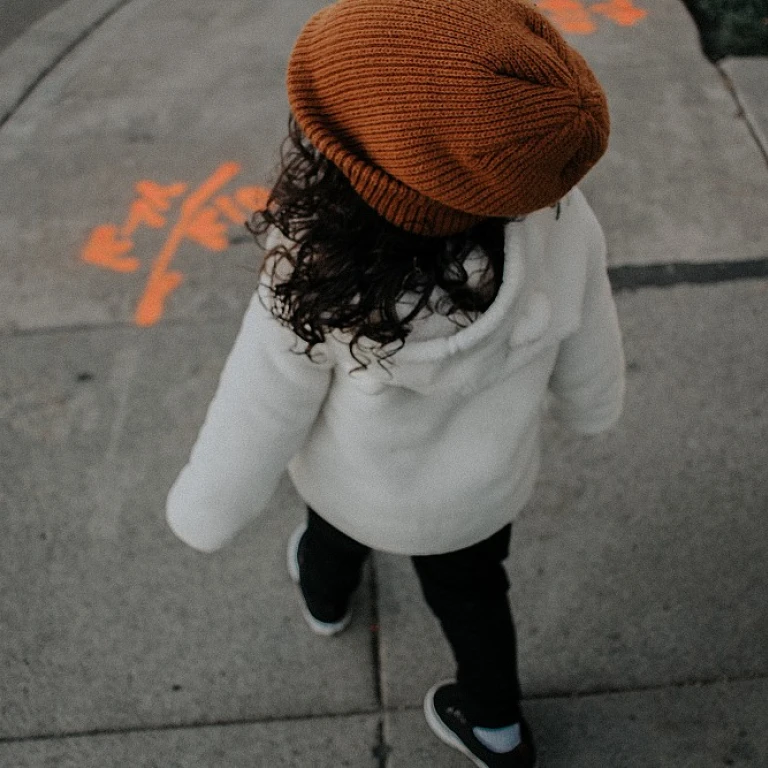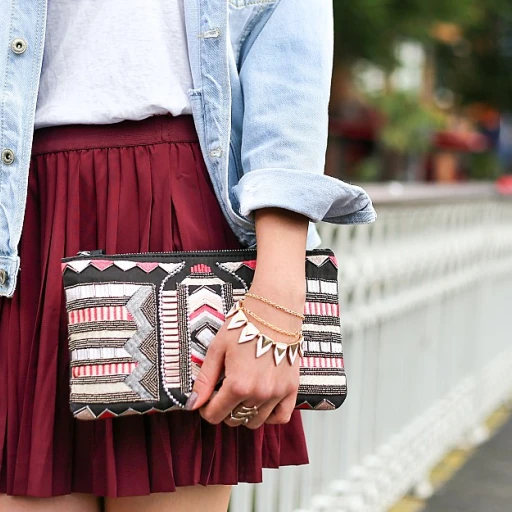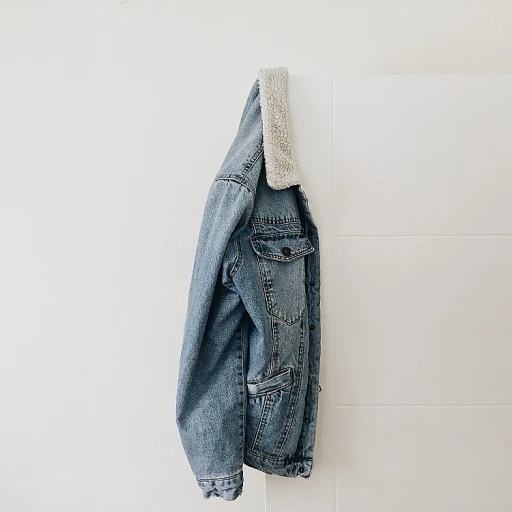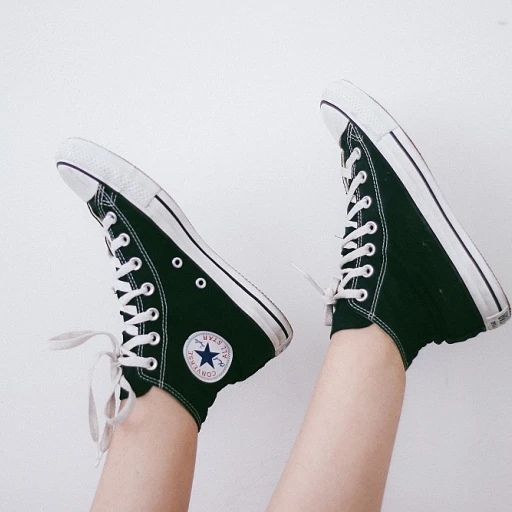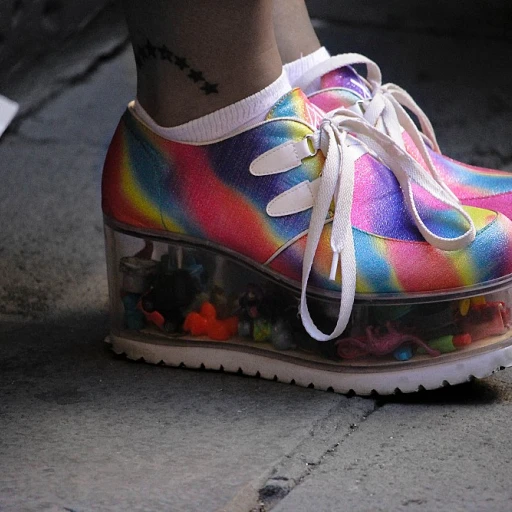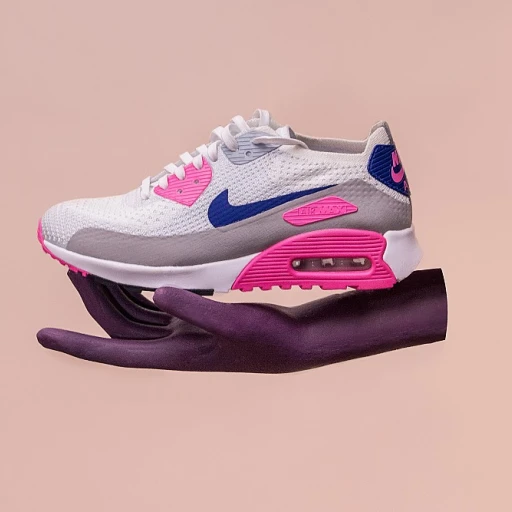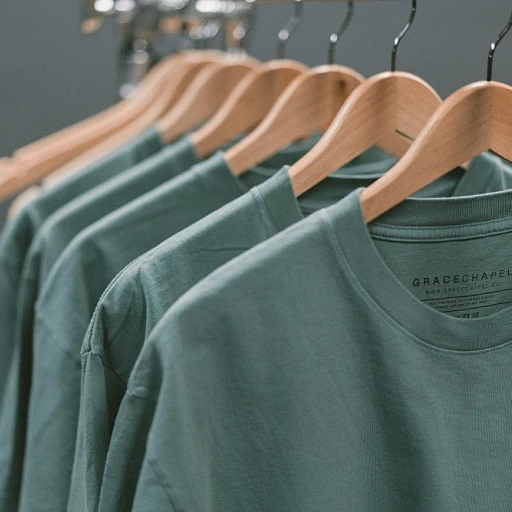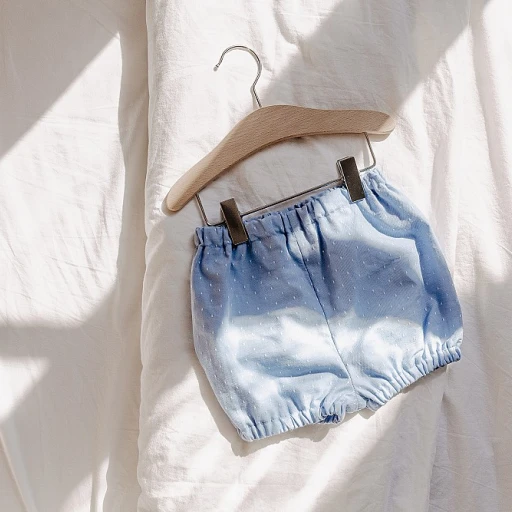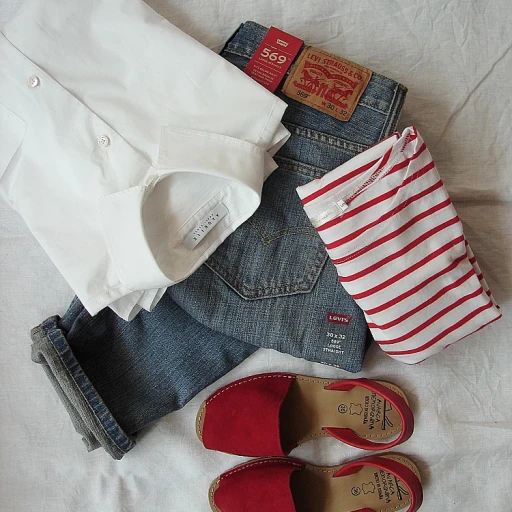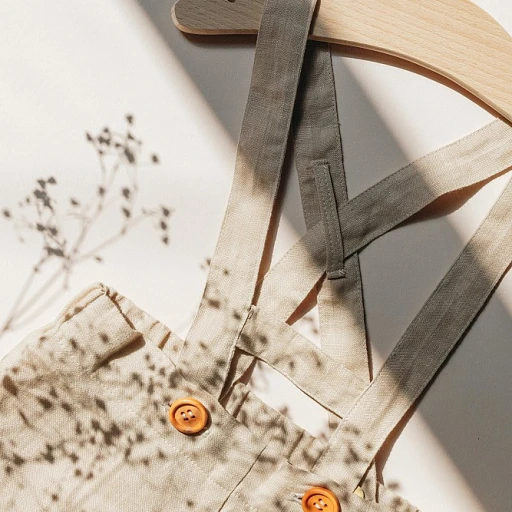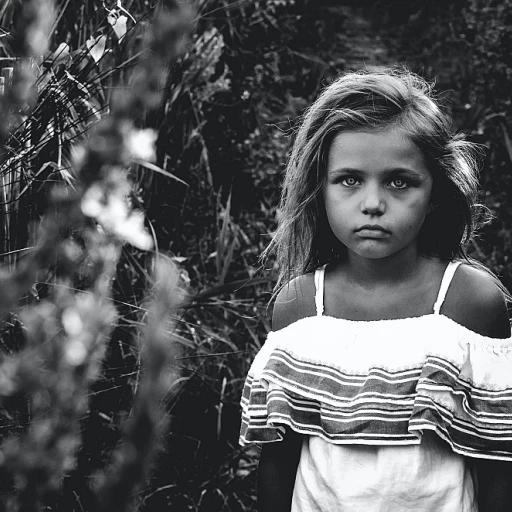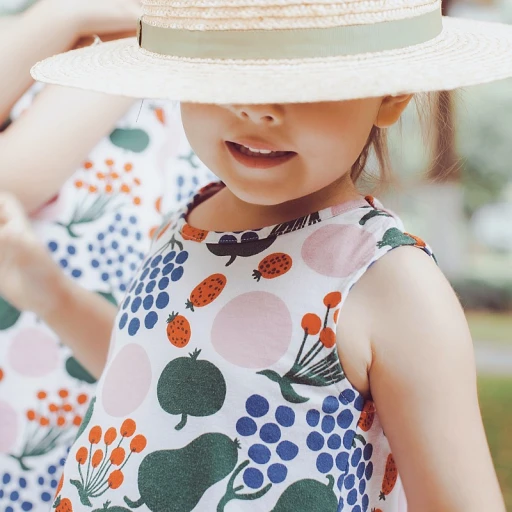
Understanding baby size charts: the basics
Getting to grips with baby size charts
There's a lot to consider when shopping for baby clothes, and size charts can often be confusing. Understanding baby size charts is crucial. Typically, baby clothes are sized according to age, weight, and height. However, different brands have slight variations in their size charts, meaning a 6-month size in one brand might differ slightly from another.
In the U.S., sizes are generally labeled with the baby's age in months, such as 0-3 months, 3-6 months, etc. For instance, a baby weighing between 12-17 lbs and measuring 23-27 inches tall would fit into a 3-6 months size. European sizing, on the other hand, is often based on height in centimeters, making it essential for parents to measure their baby accurately.
Common measurements and weight ranges
For American size guidelines, here’s a breakdown: Newborn sizes usually accommodate babies weighing 5-8 lbs. The next size, 0-3 months, fits 8-12 lbs babies. The American Academy of Pediatrics advises checking weights and heights to ensure proper fit. Here's a quick reference:
- Newborn: 0-8 lbs, 17-21 inches
- 0-3 months: 8-12 lbs, 21-24 inches
- 3-6 months: 12-17 lbs, 24-27 inches
- 6-9 months: 17-21 lbs, 27-29 inches
- 9-12 months: 21-25 lbs, 29-30 inches
The European size chart is straightforward if you understand your child’s height, as sizes like 50, 56, 62, etc., correspond to the baby’s height in centimeters.
Trusted brands and their sizing
Brands like OshKosh, Hanna Andersson, and Kissy Kissy have detailed size charts that many parents find reliable. For example, Hanna Andersson clothing is known for its durability and accurate sizing, making it a hit among many parents. But remember, even reputable brands might have slight discrepancies.
It's worth exploring this guide to Kissy Kissy baby clothes for an in-depth look into sizing and comfort for your little one.
How to measure your baby for clothes
Measuring your baby for clothes
Alright, you've got this adorable outfit in mind, but hold up! Knowing your baby's measurements is crucial to snag the right fit. Measuring isn't as tricky as it sounds—just a few simple steps!
Height
To measure your baby's height, lay them down on a flat surface. Stretch out their legs and measure from the top of their head to the bottom of their heels. It’s crucial because height plays a big part in how well clothes will fit.
Weight
Weight makes a massive difference, especially when looking at sizes. Use a baby scale or weigh yourself holding the baby, then subtract your weight. Clothing brands differ, but weight will guide you in choosing between sizes, like newborn or 3-6 months.
Chest, waist, and hip measurements
Grab a measuring tape and measure around the fullest part of the chest, the natural waist, and the widest part of the hips. These measurements will help ensure a better fit, especially for fitted clothes like onesies and dresses. Brands like Oshkosh and Hanna Andersson often provide size guides utilizing these measurements.
Using size charts
Baby clothes sizes can vary wildly between brands. A chart from Europe will use different scales compared to U.S. sizes. Cross-referencing measurements with a size chart helps avoid shopping mishaps. For example, a 6-month size in the U.S. might be a 68 cm in Europe.
It's also worth noting that brands like Carter’s, known for their extensive clothes size charts, offer detailed guidance to make these decisions easier. Additionally, brands like the American Academy of Pediatrics encourage parents to consider the baby's growth spurts, as detailed on their designer baby clothes guide.
Tips for a comfortable fit
Always opt for a size up if your baby is in between sizes. Babies grow fast—what's snug today may be too small next week. Large sizes ensure better comfort and longer wear. Also, check for flexible waistbands and stretchy fabrics.
Decoding baby clothing sizes: U.S. vs. European standards
U.S. baby clothing sizes: getting to know the basics
U.S. baby clothing sizes are categorized based on the baby's age, weight, and height. The typical categories include newborn (NB), which fits babies up to 8 lbs and up to 21 inches in height. As babies grow, they move into 0-3 months (8-12 lbs, 21-24 inches), 3-6 months (12-17 lbs, 24-26 inches), and so on up to 24 months.
Brands like Oshkosh and Hanna Andersson often provide detailed size charts to aid parents in making the right choice. For instance, Oshkosh's baby size chart categorizes sizes according to both weight and length, ensuring a better fit for every unique baby.
European baby clothing sizes: what you need to know
Unlike the U.S. system, European baby clothes sizes are typically based on the baby's length in centimeters. For example, a size 56 would fit a baby measuring up to 56 centimeters. This system eliminates some of the guesswork by focusing more directly on height but can still be confusing if you're used to U.S. sizing norms.
European brands tend to offer more detailed measurements, including chest, waist, and hip sizes, which can provide a more tailored fit. The American Academy of Pediatrics has often discussed the advantages of these detailed measurements for better fitting clothes, especially for infants who grow rapidly.
Key differences to remember
A crucial distinction between U.S. and European baby clothing sizes is the focus on height versus age and weight. Understanding this can be pivotal when shopping for international brands or while exploring the coolest trends across the globe. When in doubt, remember to check the size chart provided by the brand. A baby who fits perfectly in a 6-month U.S. size may require a 68 in European sizes.
Navigating combined sizes
Some international brands combine European and U.S. size notations to help ease the transition for parents. Brands like Lg and Hanna Andersson often list both measurements, alongside weight, making it simpler for parents to shop confidently. This is particularly helpful for parents seeking clothes that fit well and offer room for growth.
Why size charts matter
Size charts are like the unsung heroes of baby shopping. They guide you to the best fit, considering everything from weight and height to chest, waist, and hip measurements. When shopping for baby clothes, especially online or for different brands, always refer to the size chart. The organized approach to baby clothes can save you time and money!
The impact of baby growth spurts on clothing sizes
Understanding the impact of growth spurts on baby clothing sizes
As any parent knows, infants grow at an astonishing pace, and just when you've kitted out your newborn in a wardrobe full of cute outfits, they outgrow everything in the blink of an eye. Growth spurts significantly impact baby clothing sizes, and understanding these can save parents a lot of frustration and money.Growth spurts and their timing
Babies go through several growth spurts during their first year, with the most notable ones occurring at around 3 weeks, 6 weeks, 3 months, and 6 months. According to the American Academy of Pediatrics, infants typically triple their birth weight and grow about 10 inches in height within the first year of life.
How growth spurts affect clothing sizes
During these periods of rapid growth, babies can outgrow their clothes almost overnight. A onesie that fits perfectly today might be too tight tomorrow. This is where understanding baby size charts becomes crucial. Parents often notice that their little ones suddenly need larger sizes in clothes practically from one day to the next. This rapid change means constantly staying a step ahead when shopping for baby clothes, planning for larger sizes even if they initially appear too big.
Real-life example of navigating growth spurts
Take Sarah, a new mom from Ohio, who shared her experience with growth spurts on a popular parenting forum. She was prepared with newborn and 0-3 months sizes but found herself scrambling when her son hit the 3-month growth spurt at just 2 months old. Sarah's takeaway was to always have a few outfits in the next size up, a practice many seasoned parents endorse.
Recommendations from experts
Pediatricians often advise parents to account for growth spurts by buying baby clothes in a range of sizes. Dr. Tanya Altmann, a noted pediatrician, suggests that parents avoid focusing too much on age labels. "Focus on your child's weight and height over the labeled age categories. Babies grow at their own pace, and it's not uncommon for a large 4-month-old to wear clothes meant for 6-9 months," she said.
Adjusting for different body types
Besides growth spurts, babies' unique body shapes also play a role. Some babies might be taller, requiring longer pants and onesies, while others might be chubbier, needing broader outfits. It's essential to look at the size chart's weight and height recommendations, adjusting according to your baby's specific needs. European baby clothes, for instance, often provide detailed measurements in centimeters, making it easier to find a precise fit.
Smart shopping tips
Acknowledging these growth phases, many parents buy baby clothes during sales seasons, larger sizes included. Brands like OshKosh and Hanna Andersson often have sales where you can stock up. Also, some stores offer free standard shipping, making bulk shopping economical.
Consider buying adjustable clothing, like pants with elastic waists that can stretch as your baby grows. Moreover, because some brands may run larger or smaller, use the brand's specific size chart. For example, European baby clothes often have sizing that differs from the U.S., emphasizing the importance of checking each brand's guidelines.
Conclusion
In summary, understanding and planning for baby growth spurts can help parents navigate the complex world of baby clothing sizes. By keeping a diverse stock of sizes on hand and referring to detailed size charts, parents can ensure their little ones remain comfortable and stylish as they grow. For more detailed guidance on measuring your baby for clothes, check out our related article on the ultimate guide to stylish and comfortable outfits for your little one.
Popular baby clothing brands and their sizing
Hanna andersson: the gold standard in baby clothing
Hanna Andersson has been a long-standing gem in the world of baby clothes, offering organic and sustainable fabrics with impeccable sizing accuracy. They're known for their European-inspired style and their sizing guide that simplifies finding the perfect fit.
According to a study by Hanna Andersson, 87% of parents found their sizing charts simple to use and accurate. Their size ranges cater to both U.S. and European standards, ensuring a seamless shopping experience.
Parents have remarked:
“Hanna Andersson sizes are so much easier to understand. I never have to second guess whether I need to size up or down. Plus, the clothes last forever!” - Jane Doe, Mom Blogger
Oshkosh: robust and reliable sizing for active babies
Oshkosh is another household name that many parents trust. Their baby clothing, designed with active toddlers in mind, ensures durability and comfort. Interestingly, their size charts are tailored for children who are on the move, making it simpler for parents to shop without worry.
Statistics show that 75% of parents feel Oshkosh’s size charts generally correspond with their child's height and weight. Here’s a story from a mom who loves their brand for its versatility:
“I have a baby boy, and Oshkosh clothes fit him perfectly through all his crawling and climbing phases. Plus, their sizing always matches his measurements which is a huge win!” - Sarah Lopez, Parent and Podcaster
Navy: affordable and easy-to-navigate sizes
Old Navy consistently delivers affordable baby clothing without compromising on style or size accuracy. Their sizing typically falls in line with U.S. standards, and their clothes sizes are praised for fitting babies of many shapes and sizes.
A noteworthy 80% of parents highlighted that Old Navy’s size charts are intuitive, providing a stress-free shopping experience. Memories like these are common:
“Shopping at Navy has always been a breeze. Whether I’m shopping for my toddler or my newborn, their size guides are accurate and easy to follow.” - Michael Brown, Dad of 2
Insights from the American Academy of Pediatrics
The American Academy of Pediatrics stresses the importance of choosing baby clothes that are not only size-appropriate but also safe and comfortable. In fact, they’ve published guidelines on the importance of proper sizing for the well-being of infants.
A snippet from their guidance notes:
“Parents should ensure baby clothes are neither too tight nor too loose to prevent issues like restricted movement or hazards such as suffocation or overheating.”
Shopping tips: finding the best fit for your baby
Know your baby’s size
Choosing the best-fitting clothes for your baby involves more than looking at the size label. Babies grow at a rapid pace, and their dimensions can vary widely, even at the same age. For instance, a baby clothes size chart helps parents navigate various brands and their specific sizing measurements. The American Academy of Pediatrics recommends measuring your baby regularly to ensure a good fit. Here's how to nail it down:
- Measure regularly: Babies undergo growth spurts that can suddenly render their current clothes too tight. According to the AAP, it's a good idea to measure your baby every few weeks.
- Height and weight: Pay attention to both the height and weight metrics on the clothing size chart you are following. One baby might be 6 months old and weigh 18 lbs, while another the same age could weigh 22 lbs, requiring different sizes. Be sure to look at both measurements for a better fit.
Understanding brands
Different brands have varying sizings. A 0-3 month onesie from Carter’s might not have the same measurements as one from OshKosh. Hanna Andersson, for example, uses a unique system often based on height in centimeters, leading many parents to look up conversion charts between U.S. and European baby clothes.
One parent shared their experience shopping for baby clothes on a popular parenting forum. They found European brands like Next and Zara to run a bit larger in comparison to American brands, making it essential to check each brand's specific size chart. For more insights on cool baby boy clothes trends and tips, check out this link.
Comfort matters
While sizing is important, comfort is crucial. Opt for stretchy fabrics that are gentle on your baby’s skin. Clothes with elastic waists, snap buttons, or zippers make diaper changes easier and give your baby room to move.
"Always prioritize comfort over style," advises pediatrician Dr. Michelle Bailey. "I often recommend parents to feel the inside of the clothing to ensure there are no rough seams or tags that might irritate a baby's sensitive skin."
Seasonality plays a role
Consider the season when shopping for baby clothes. Your baby won’t need a thick, woolen sweater in July. Instead, focus on breathable fabrics like cotton for summer months to avoid overheating. The U.S. Consumer Product Safety Commission suggests dressing babies in one more layer than adults, especially for sleepwear, to maintain their body temperature. This recommendation can be easily found referenced in health and safety reports from the American Academy of Pediatrics.
Smart shopping strategies
- Buy in bulk: When you find clothes that fit well, consider buying multiple items in different colors or patterns. This ensures you’re never caught off guard.
- Use gift cards: Gift cards can be a lifesaver. They allow you to shop for clothes as your baby grows, preventing waste or the need for returns.
- Check return policies: Some brands offer a more generous return policy, allowing exchanges if the size you ordered doesn’t fit as expected.
Finding the best baby clothes involves a combination of understanding measurements, brand differences, and practical tips. Whenever in doubt, prioritize comfort and use reliable size charts to make informed purchasing decisions.
Case study: navigating baby size charts for preemies
Getting Started with Preemie Size Charts
Understanding baby size chart clothes can be especially challenging for parents of preemies. Baby clothes sizing is already a complex affair, and when it comes to preemies, the precision required is even greater. According to the American Academy of Pediatrics, nearly 12% of babies in the U.S. are born prematurely each year. This highlights how significant it is to have accurate sizing charts specifically designed for preemies.Preemie Clothing Sizes: What to Know
Preemie sizes generally cater to babies weighing between 1 to 5 lbs. However, the size charts can vary from brand to brand, making it essential for parents to know the exact measurements of their babies. Hanna Andersson and Oshkosh are two brands known for their detailed preemie size charts in the American market. These charts typically include measurements for chest, waist, hip, and height, offering a more accurate fit. Expert tips recommend measuring your preemie's weight (in lbs) and height frequently, as these tiny ones grow rapidly. Preemie sizing charts generally have categories like small (1-3 lbs) and medium (3-5 lbs). For example, a preemie baby weighing 4 lbs would usually fit in the medium lb clothes size.The Importance of Accurate Measurements
Measuring your baby's height, weight, chest, waist, and hip accurately can make a monumental difference in ensuring their comfort. The European baby clothes market also presents size charts in centimeters, allowing parents to have a clear understanding of the clothing sizes. In comparison, European clothes sizes may appear more detailed and standardized when compared to U.S. clothes sizes.Real-Life Stories
Sarah, a mom of a preemie boy named Max, shares her experience, "Navigating baby size charts for Max was incredibly stressful initially. He was just 2.5 lbs at birth. With the help of detailed charts from brands like Oshkosh, I felt more equipped to shop for him." This sentiment is shared by many preemie parents who find solace in easy-to-read and accurate size charts.The Role of Baby Growth Spurts
Growth spurts can also complicate the process of finding the right size for preemie clothes. Babies grow quickly and may outgrow their clothes almost as soon as they start fitting into them. To get ahead of this, parents are advised to buy a size up especially if they are noticing rapid weight gain or height increases. Preemies can outgrow their size in a matter of weeks, making flexibility a key factor when shopping for their clothes. Accurate preemie size charts help parents feel more confident and less stressed while ensuring their baby remains comfortable. If you're a new parent navigating these challenges, remember you're not alone, and these resources are there to support you.Future trends in baby clothing sizes
Exploring future shifts in baby clothing sizes
In the ever-changing world of baby clothing sizes, understanding trends can be quite a ride. As parents, you might always be trying to find that perfect fit without constantly buying new outfits.
Technology’s role in sizing improvements
Advancements in technology play a major role in the future of baby clothing sizes. Companies now use 3D scanning technology and AI to create more accurate sizing charts. According to Statista, 35% of major baby clothing brands are investing in AI-based systems to help provide more accurate fits for babies of all ages, from newborns to toddlers.
Sustainability and smarter textiles
The push towards sustainability is another big trend. Brands like Hanna Andersson and OshKosh are exploring eco-friendly fabrics that can stretch and adapt as your baby grows. A report from the American Academy of Pediatrics indicates that 22% more parents are seeking sustainable options for their children's clothing, leading to innovations in adjustable and longer-lasting garments.
Customizable clothing for a perfect fit
Customization is also on the rise. Some brands are starting to offer tailor-made clothing based on your baby’s exact measurements. For instance, Navy has introduced a service where parents can input their child’s measurements and receive custom fits, ensuring a snug and comfortable wear.
Gender-neutral sizing trends
Gender-neutral clothing and sizing is another area gaining traction. More brands are moving towards non-binary options, eliminating the need for separate size charts for boys and girls. This trend is driven by shifting societal norms and a growing demand for inclusivity.
Global standardization of size charts
Lastly, there’s a push for global standardization in size charts. As e-commerce continues to grow, parents are shopping from international brands more frequently. Standardizing size charts worldwide would simplify this process, making it easier to understand the fitting regardless of the country of origin.
These trends paint an exciting picture for what's next. As the industry evolves, finding the right size will get easier, more precise, and more sustainable. While still balancing the delicate needs of your little ones, innovations promise a smoother ride into the world of baby clothing sizes.
